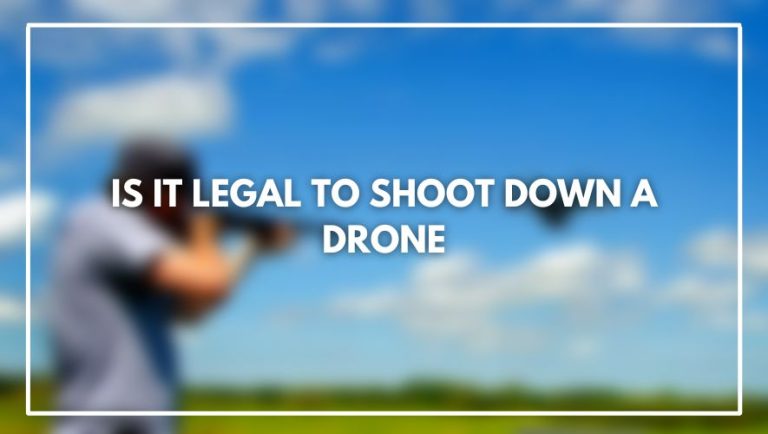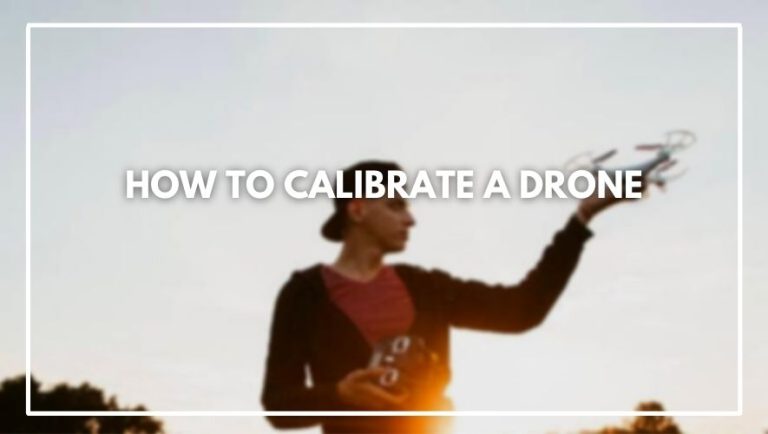Did you know that the FAA requires drones to have remote IDs? If you are unaware of this, it is likely because you aren’t a drone owner. If you’ve been in the market for a drone or have been thinking about purchasing one, then I hope by now you are aware that the FAA does require a remote ID for your drone if you are operating within certain regulated areas.
Does My Drone Have a Remote ID? Yes, your drone should have a remote ID. The remote ID is a string of numbers and letters that can be found on most drones. The remote ID is important because it allows you to register your drone. By registering, you can get access to additional features.
Some drones come with a remote ID already included while others need to be paired. But what do all of these different codes mean or signify? I’ll help you better understand the types of remote IDs and how to associate them with your drone.
What Is Drone Remote Id?

Drone Remote ID is a new feature that helps drone operators identify the owner of a drone when they receive a call to 911. The technology can be used by law enforcement to quickly get information about who owns a drone that is in the air.
When police officer receives a call about a drone, they can use Drone Remote ID to see who owns the drone and where it is flying. This helps them assess whether it’s necessary to send officers out to investigate and determine whether charges are warranted.
The feature works by using radio frequency identification (RFID) technology — the same type of technology used in contactless payment cards like Apple Pay or Google Pay — to read and store the serial number from each drone’s aircraft registration card. To learn more about how Drone Remote ID works, read our blog post on how it works.
Drone Remote Id Regulations

All drones weighing more than 250g must be registered before they can be used outdoors in public places or over densely populated areas. All drones must be marked with an identification number and it must be legible from at least 100 feet away.
The Federal Aviation Administration (FAA) will require all new drones to have remote identification capabilities. This is an important step toward making drones more safe, more secure and more reliable. The FAA has stated that it will not require existing drones to be retrofitted with this capability.
Rules And Regulations For Flying A Drone

Always fly below 400 feet, unless you have permission from the FAA. If you fly higher than 400 feet, you must notify the control tower. Don’t fly within 5 miles of an airport without notifying air traffic control. Don’t fly within 3 miles of a heliport or seaplane base.
Here are some rules and regulations that we recommend following when flying your drone:
- Flying above 400 feet is illegal in most countries unless you have permission from the government. There are exceptions though such as if an emergency situation arises where someone needs help immediately or if there is another reason why flying above 400 feet is necessary at the time (i.e., search-and-rescue).
- Do not fly near airports or other areas where planes land or take off from. This could lead to an accident and endanger lives (including yours).
- Do not fly near crowds of people unless there is no other option available because it could lead to panic if someone mistakes your drone for something.
- You must fly your drone during daylight hours only. You may fly your drone at night if you have an FAA waiver or authorization, but only if that is specifically authorized by the FAA.
- You must stay away from stadiums, large crowds and other people who may be injured by your drone.
Frequently Asked Questions (does My Drone Have A Remote Id)
Do All Drones Have Remote Id?
Yes, all drones have Remote IDs. The Remote ID is a unique identification number that can be found on the drone and its remote controller. This identifier is used to track lost or stolen drones, as well as to assist in identifying the owner in case of an incident.
The remote ID is also considered an anti-theft feature that helps you recover your drone if it’s lost or stolen. With this feature, you can track down your drone through a dedicated website and even mark it as stolen if needed. You can also remotely disable the drone’s flight capabilities and trigger an alarm to help find your lost device.
Which Drones Have Remote Id?
The list of drones that have Remote ID:
- DJI Mavic Air
- DJI Mini 3 Pro
- DJI Air 2S
- DJI Spark
- DJI Mavic Pro Platinum
- DJI Phantom 4 Pro V2.0
- DJI Matrice 300 RTK
- DJI Phantom 4 Pro Obsidian Edition
- DJI Inspire 2
- DJI Matrice 30
- Sony ARS-S1
- DJI Matrice 30 Thermal
- Autel Evo Lite+ MDXM2
- Autel Evo Lite MDXM
- DJI Matrice 300 RTK
Are Dji Drones Remote Id Equipped?
Yes, all DJI drones have a Remote ID. Remote ID is technology that enables DJI to identify and track your aircraft. It’s an identification number that is unique for each aircraft and cannot be changed. The Remote ID can be found on every drone’s battery compartment, under the drone’s battery.
DJI drones are a unique class of unmanned aerial vehicles (UAVs) that are not only popular but also widely used by filmmakers and professionals. The reason for their popularity is the ease of use and availability of high-quality cameras on them.
DJI is one of the leading drone manufacturers in the world, and its products are known for their quality and reliability. So if you own a DJI drone or are planning to buy one, it would be useful to know whether your device has a Remote ID or not.
Does My Drone Broadcast Faa Remote Id Information?
The Remote ID system broadcasts a unique identifier (a 19-digit number) that can be used to identify the drone operator. This is a one-time event and can be used by local law enforcement authorities in case of an incident or accident involving your drone.
The FAA also uses the system to track drones for safety purposes, such as during an investigation into a reported near miss with an aircraft. Your information is not collected or released by the system; it is simply broadcast once by your drone.
Conclusion
Yes! Every drone has a unique remote ID. The remote ID is used by systems to identify your aircraft and provide accurate telemetry data during flight. We also use it to track your flights in our systems, so we can provide you with better service.
Drones are becoming more and more popular thanks to the increase in their accessibility. This guide is meant to help both those new to the hobby, as well as those with some experience but who want to know what’s new in the drone market.
If you have a drone, pay attention. You may be required by law to register your device so that you will be able to fly it legally. There are some exceptions and if you do not fall under them, then there is no time like the present to get on board and get registered. Be responsible; be safe; enjoy your drone!






